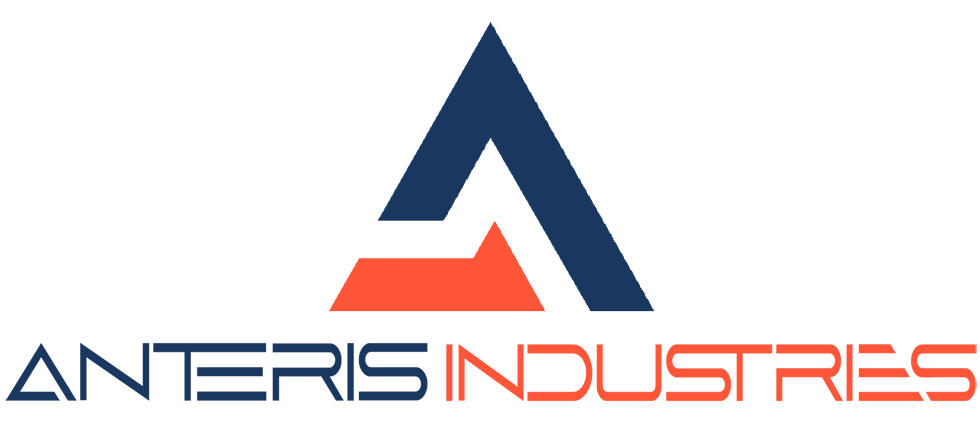
A Comparison of Tableau and Splunk
n today's data-driven world, organizations rely heavily on powerful tools to analyze and visualize data effectively. Two popular names in the realm of data analytics and visualization are Tableau and Splunk. Each of these platforms offers unique features and functionalities tailored to meet the diverse needs of businesses across various industries.
Tableau: Unveiling the Power of Data Visualization
Tableau is renowned for its exceptional data visualization capabilities, allowing users to create insightful dashboards and reports with ease. Its intuitive user interface empowers users to explore and analyze data visually, making complex datasets more accessible and understandable.
Pros:
- Intuitive User Interface: Tableau's drag-and-drop interface makes it easy for users of all skill levels to create visually appealing dashboards and reports without the need for extensive technical expertise.
- Robust Data Visualization Capabilities: From basic charts to interactive maps and complex visualizations, Tableau offers a wide range of options to present data in meaningful ways.
- Seamless Integration: Tableau seamlessly integrates with various data sources, including databases, spreadsheets, cloud services, and big data platforms, allowing users to access and analyze data from multiple sources in one place.
Cons:
- Limited Data Analysis Capabilities: While Tableau excels in data visualization, its capabilities in advanced data analysis beyond visualization are somewhat limited compared to specialized analytics platforms.
- Pricing: Tableau's pricing model, particularly for its advanced features and enterprise editions, can be prohibitive for small and medium-sized businesses, limiting accessibility for some users.
Splunk: Harnessing the Power of Data Analytics
Splunk is renowned for its advanced data analytics capabilities, enabling organizations to gain valuable insights from machine-generated data such as logs, events, and metrics. It offers powerful search and correlation functionalities, making it a preferred choice for organizations dealing with large volumes of data.
Pros:
- Advanced Data Analytics: Splunk's advanced analytics capabilities allow users to perform complex data analysis, correlation, and anomaly detection, uncovering insights that may not be apparent through traditional methods.
- Powerful Search Functionality: Splunk's search language and query capabilities enable users to quickly search, filter, and analyze vast amounts of data in real-time, facilitating rapid decision-making and troubleshooting.
- Scalability: Splunk is designed to scale horizontally, allowing organizations to ingest and analyze massive volumes of data across distributed environments, making it suitable for enterprise-level deployments.
Cons:
- Learning Curve: Splunk has a steeper learning curve compared to Tableau, requiring users to invest time in understanding its query language and advanced functionalities.
- Technical Expertise Required: To fully leverage Splunk's capabilities, users may need a solid understanding of data analytics concepts and programming skills, which can be challenging for novice users.
Head-to-Head Comparison
Now that we've explored the key features and strengths of Tableau and Splunk individually, let's dive into a head-to-head comparison to help you better understand which platform might be the right fit for your organization's needs.
1. Usability:
Tableau boasts an intuitive user interface with a low learning curve, making it accessible to users of all skill levels. Its drag-and-drop functionality and visual approach to data analysis allow users to quickly create stunning visualizations without the need for extensive technical knowledge.
On the other hand, Splunk has a steeper learning curve, particularly for users who are new to the platform. Its powerful search language and advanced analytics capabilities may require more time and effort to master, but offer unparalleled flexibility and depth of analysis once users become proficient.
2. Features:
In terms of features, both Tableau and Splunk excel in different areas. Tableau shines in data visualization, offering a wide range of visualization types and interactive dashboards. It's ideal for organizations looking to derive insights from their data through visually compelling presentations.
Splunk, on the other hand, is a powerhouse when it comes to data analytics. Its advanced search and correlation capabilities enable users to uncover hidden patterns, anomalies, and trends in their data, making it a preferred choice for organizations dealing with complex and diverse datasets.
3. Scalability:
When it comes to scalability, both Tableau and Splunk are designed to handle large volumes of data. However, Splunk's architecture is specifically optimized for distributed deployments and can scale horizontally to accommodate growing data volumes and user loads more effectively.
4. Pricing:
Pricing is an important consideration for organizations evaluating data analytics and visualization tools. Tableau offers various pricing tiers, including free versions for individual users, but its advanced features and enterprise editions come with a higher price tag, which may be prohibitive for smaller businesses.
Splunk follows a similar pricing model, with different pricing tiers based on usage and features. While Splunk does offer a free version with limited functionality, its enterprise editions can be costly, particularly for organizations with large-scale deployments.
Conclusion
In conclusion, Tableau and Splunk are both powerful tools for data analytics and visualization, each with its own strengths and weaknesses. Tableau excels in data visualization and ease of use, making it ideal for organizations looking to create stunning visualizations and dashboards with minimal technical expertise. On the other hand, Splunk shines in advanced data analytics and correlation, making it a preferred choice for organizations dealing with complex datasets and requiring deep insights into their data.
Ultimately, the choice between Tableau and Splunk will depend on your organization's specific needs, priorities, and budget considerations. Whether you prioritize ease of use, advanced analytics capabilities, or scalability, both Tableau and Splunk offer robust solutions to help you unlock the full potential of your data.
Just a few last thoughts - Tableau has the ability to connect to Splunk as a datasource which can bridge the gap. The Tableau user community is large and very active. Splunk also offers a community that is very supportive

Post Address
3213 Dalhart Dr, Fort Worth TX 76179
General
Phone: (800) 839-1129
Email: sales@AnterisIndustries.com
Operation Hours Central Standard Time
Mon-Sat: 09.00 to 05.00 (Sunday: Closed)


